Proovi ettevalmistamise seadmed
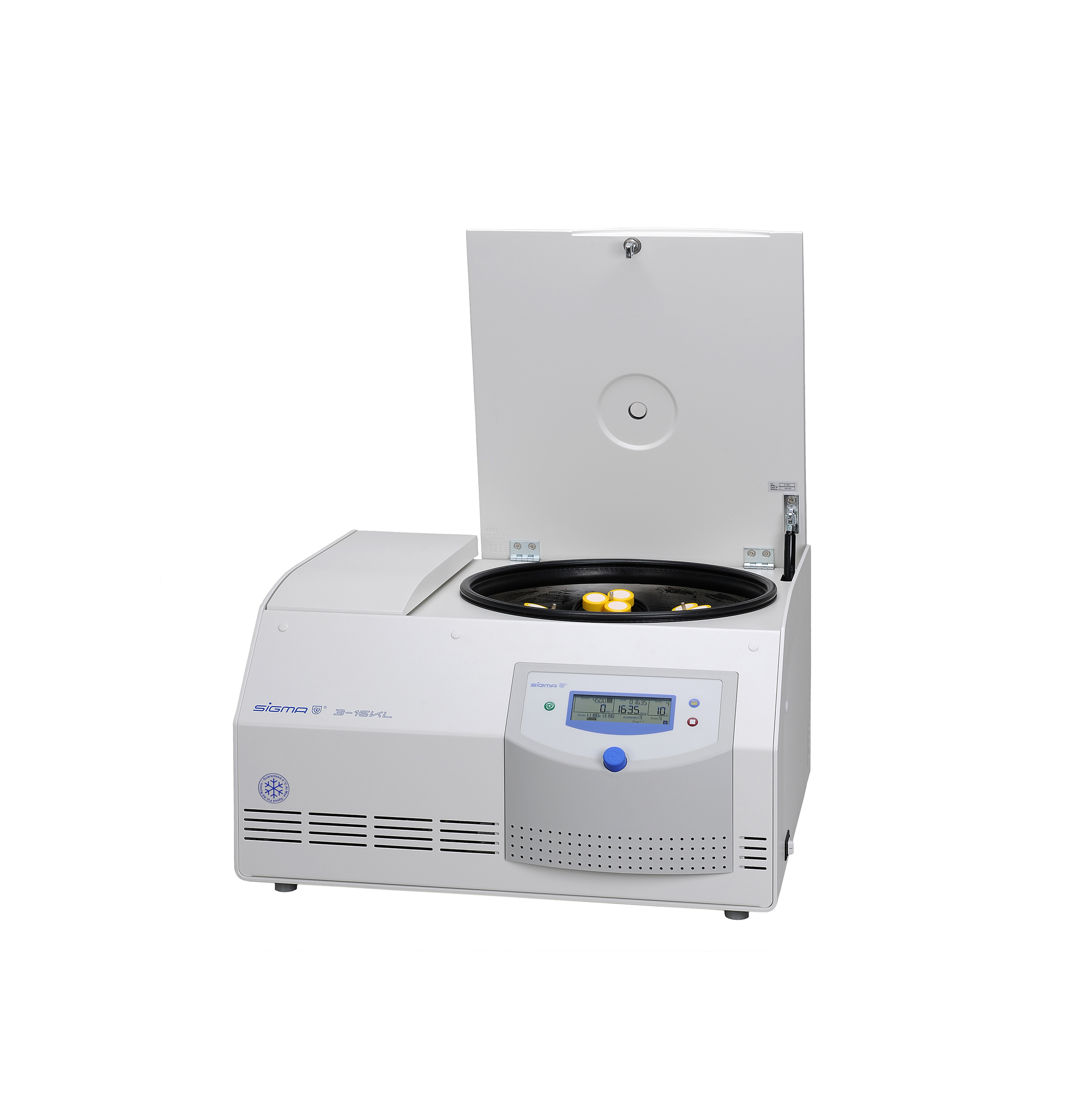
Centrifuges have become a standard equipment in every laboratory which deals with heterogeneous mixtures and macromolecules. These devices are virtually indispensable when it comes to density based separation of components, that are suspended in liquid. Currently manufactured centrifuges are capable of generating acceleration as high as 2×106 G. All offered products meet high standards of reliability and safety. The application areas include pharmaceutical research, biotechnology, medical analytics, environmental analytics, petroleum analyses and many other areas.
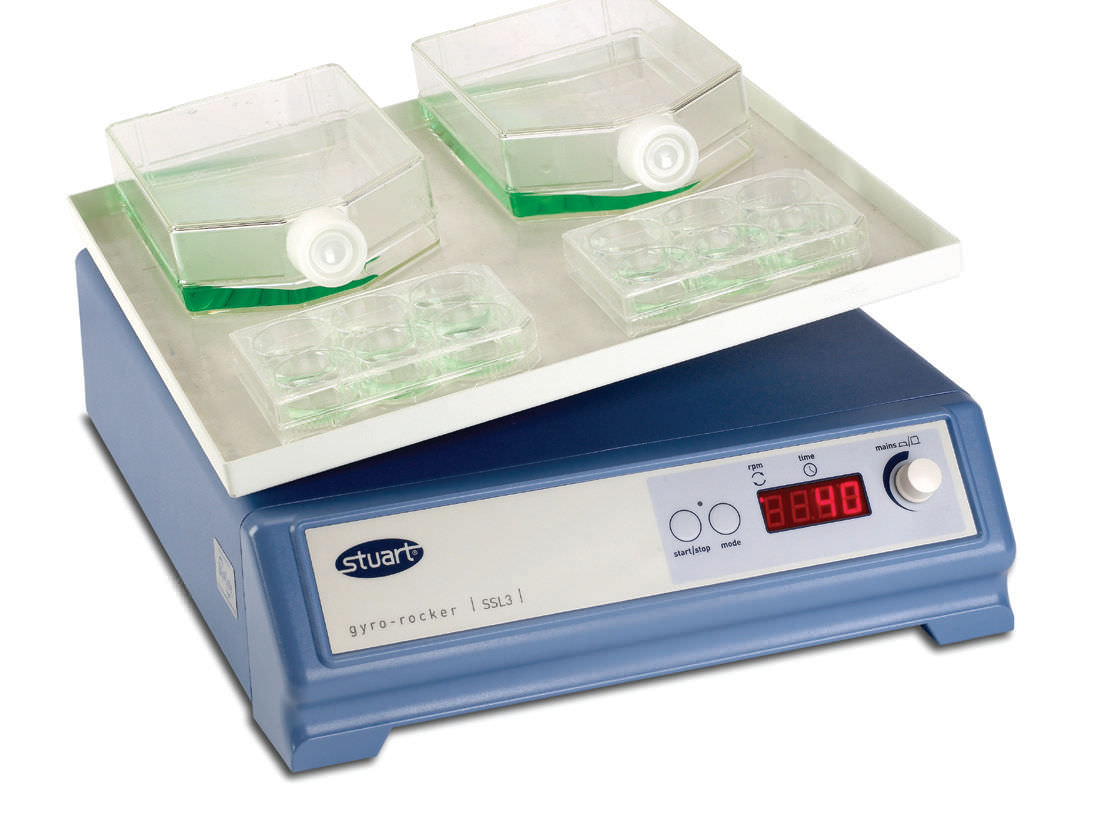
Shakers, rockers, rotators and mixers for large volumes or high viscosity and submerged variable-speed stirring are designed with exceptional innovation and are meant for the most demanding environments. A typical shaker has a table board that oscillates horizontally while rocker uses a platform that moves in a seesaw or three-dimensional gyratory motion. Commonly used in microbiological, immunological and general clinical applications for thorough mixing of blood samples, dialysis under agitation, preparation of homogenous dispersions, and liquid-liquid extractions.
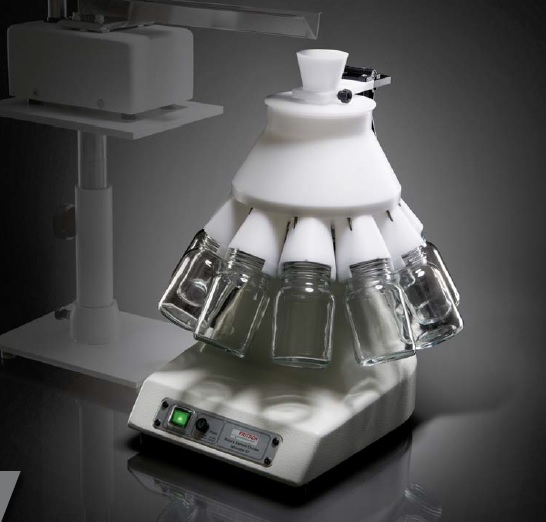
Rotary cone sample dividers form a symbiosis with high-precision analytical measurement instruments. They are used in every laboratory involved in research, development and process monitoring in order to produce small yet representative sample quantities for accurate analysis results. The sample feed funnel guides the sample material centered onto the point of the rotating cone. The rapid rotation of the entire system accelerates the sample material outwards along its surface and divides it through the guiding channels into chemically and physically precisely identical sub samples.
In today’s modern laboratory, compressed air is required for numerous purposes. An air compressor converts electric power into kinetic energy by compressing and pressurizing air, which, on command, can be released in quick bursts. There are numerous methods of air compression, divided into either positive-displacement or negative-displacement types. Modern laboratory compressors can be extremely quiet and many of them are available with efficient filtration and drying systems. This enables them to provide absolutely clean and dry air for nearly every application.
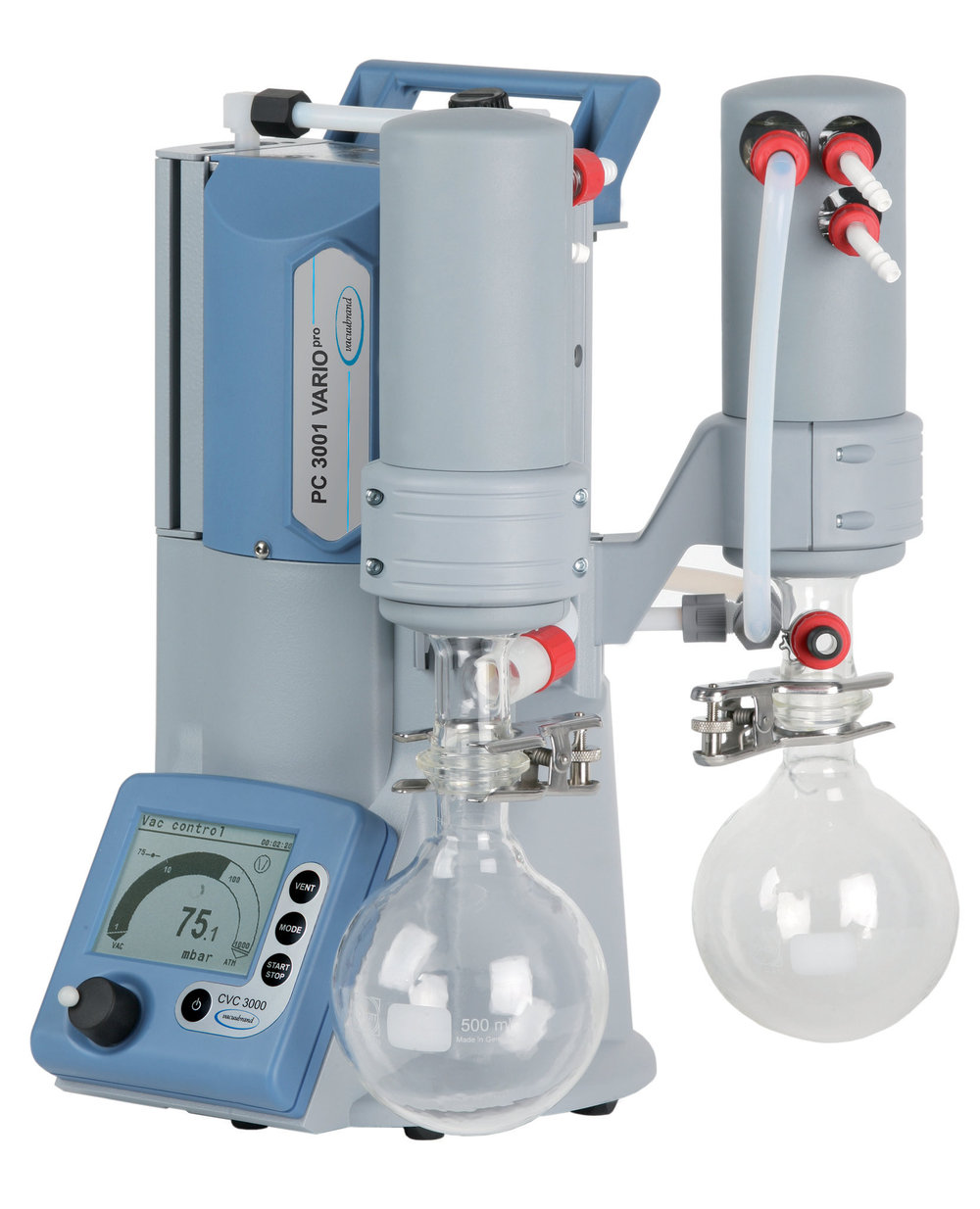
Vacuum pumps remove gas molecules from a sealed volume and leave behind a partial vacuum. Laboratory vacuum pumps are usually of diaphragm pump or rotary vane pump type. Diaphragm pumps are capable of handling solvent and corrosive vapors but are limited to medium vacuum. On the other hand, rotary vane pumps are capable of producing high vacuums but have to be protected from contamination which requires the use of additional equipment. Vacuum pump may be coupled with a vacuum controller to make a source of steady vacuum that can be tuned to a particular set-point.
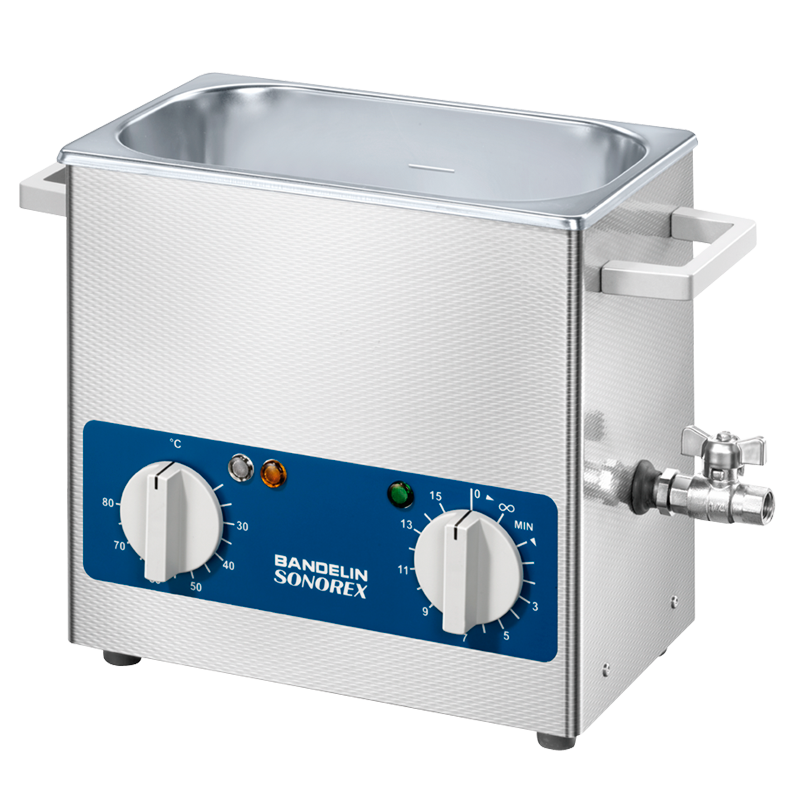
Ultrasound is employed both by science and technology. Ultrasonic cleaning uses cavitation bubbles induced by high frequency pressure (sound) waves to agitate a liquid. The agitation produces high forces on contaminants adhering to substrates like metals, plastics, glass, rubber, and ceramics, penetrates blind holes, cracks, and recesses. Cavitation also disrupts cells, promotes dissolution, facilitates degassing and catalyzes chemical reactions. Baths offer consistent and reliable performance in a variety of environments such as laboratory, scientific and healthcare.
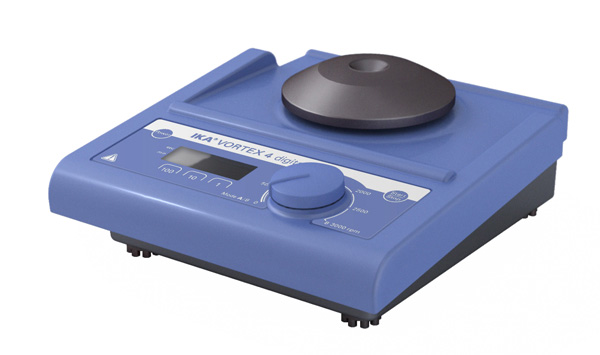
A vortex mixer, or vortexer, is a simple device used commonly in laboratories to mix small vials of liquid. It consists of an electric motor with the drive shaft oriented vertically and attached to a cupped rubber piece mounted slightly off-center. When a test tube or other appropriate container is pressed into the rubber cup (or touched to its edge) the circular oscilatory motion is transmitted to the liquid inside and a vortex is created. Most vortex mixers have variable speed settings and can be set to run continuously, or to run only when downward pressure is applied to the rubber piece.
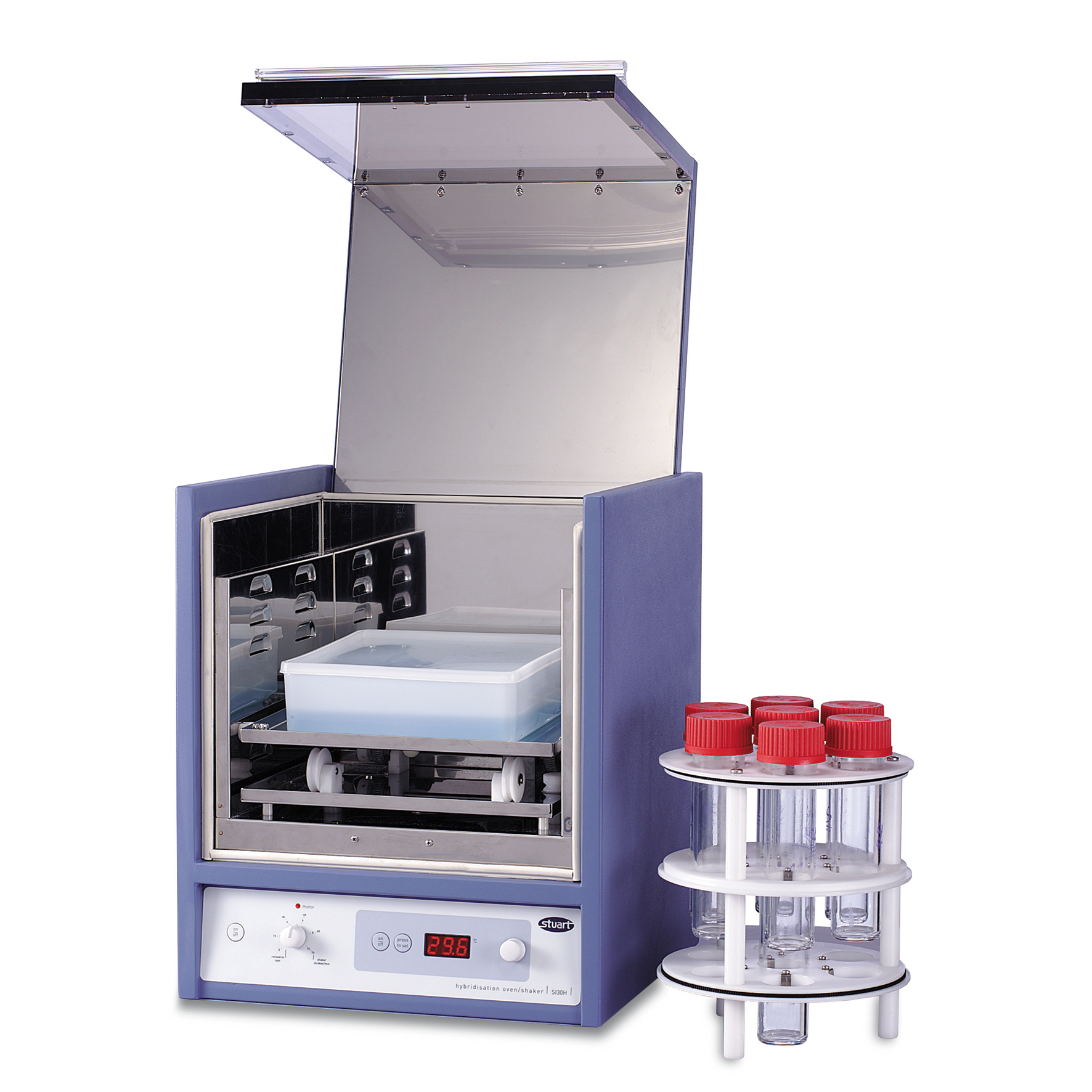
Many life science laboratories worldwide perform membrane hybridizations. Hybridization incubators provide defined temperature control, agitation, and consistency throughout the chamber. A hybridization oven is ideal for sterile laboratory testing and where the integrity of the sample must be preserved while heating it to the exact temperature for the right period of time. These instruments are found in applications including nucleic acid hybridizations such as Northern (RNA) blots/hybridizations, Southern (DNA) blots/hybridizations, Western (protein) blots, and molecular biology assays.

Ultrasonic power is an effective means to apply high shear and intense stress to liquids, powder/liquid mixtures and slurries. This makes it a strong alternative to high shear mixers, high pressure homogenizers and agitated bead mills. Ultrasonic devices can prepare an emulsion down to 1/100 of a micron, homogenize "immiscible" liquids, accelerate enzymatic and chemical reactions, stimulate bacterial activity, disperse solids in liquids and degas liquids. Homogenizers are in use worldwide as laboratory mixers, high shear mixing equipment, full-size in-line homogenizers or particle mills.
Homogenizer is used in laboratory or industrial processes for the homogenization of various types of material, such as tissue, plant, food, soil, and many others. Many different models have been developed using various physical technologies for disruption. Modern solutions are based on blender type of instruments, bead mills, sonication, rotor-stator mechanical, high pressure, and many other physical forces. Homogenization is a very common sample preparation step prior to the analysis of nucleic acids, proteins, cells, metabolism, pathogens, and many other targets.






